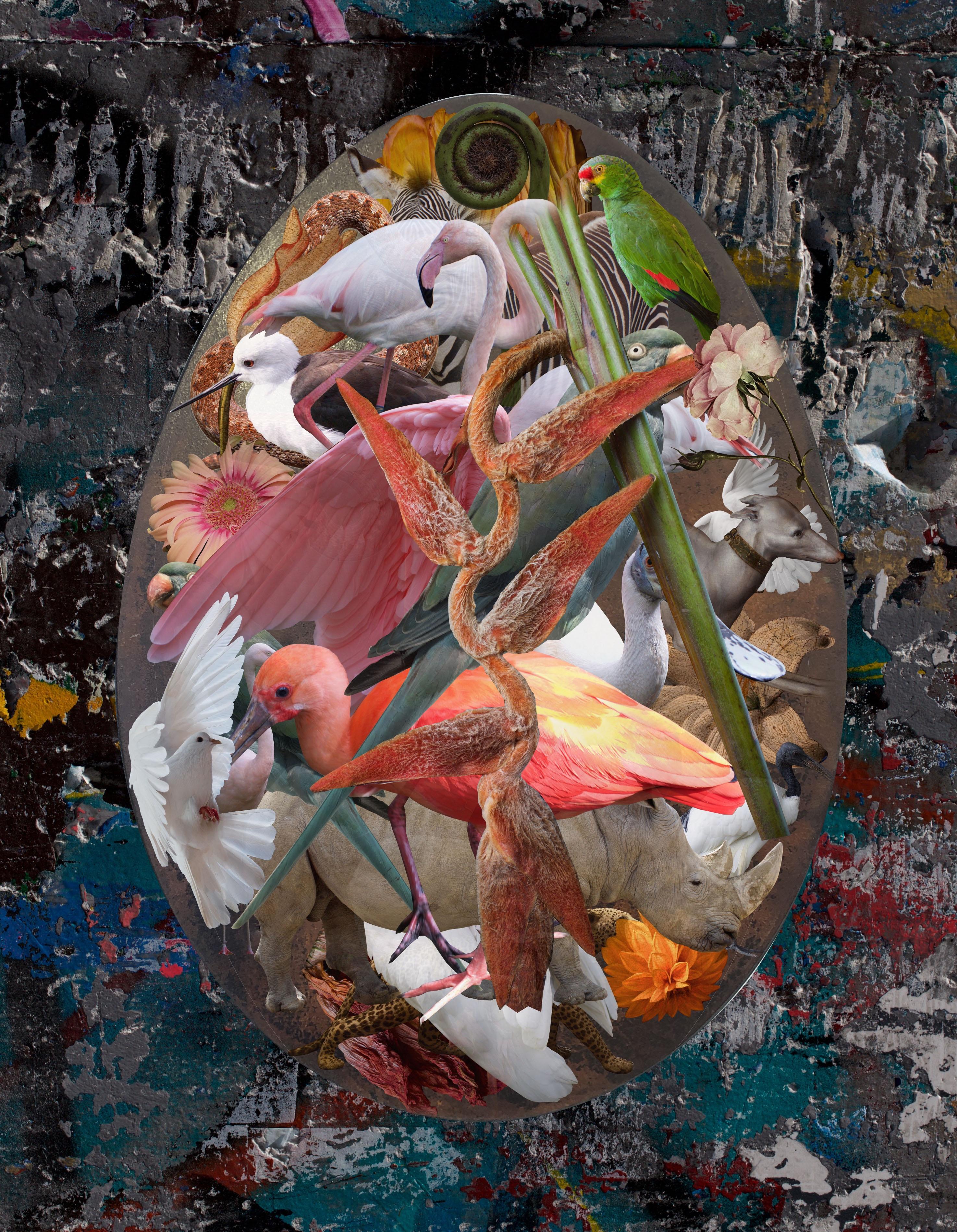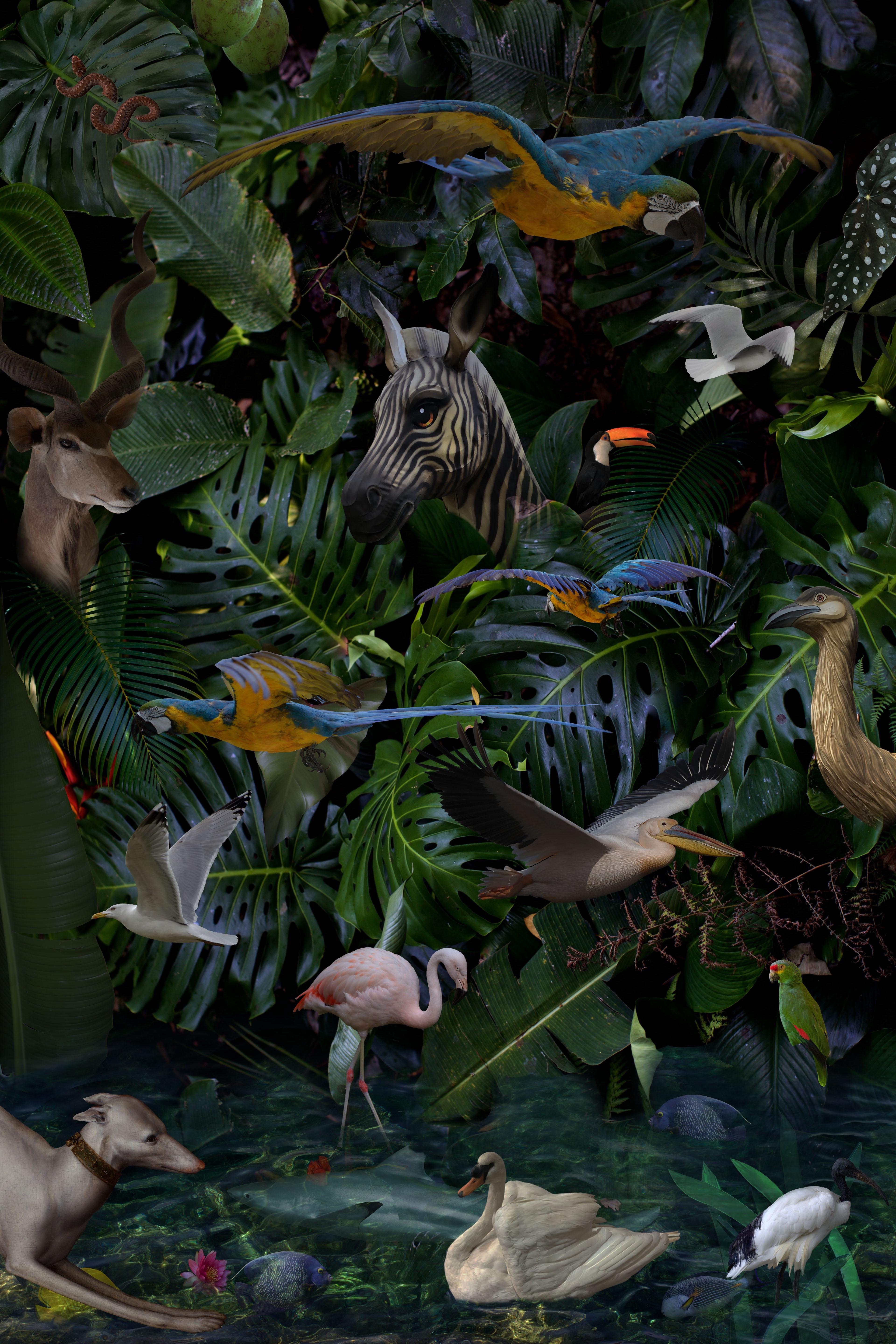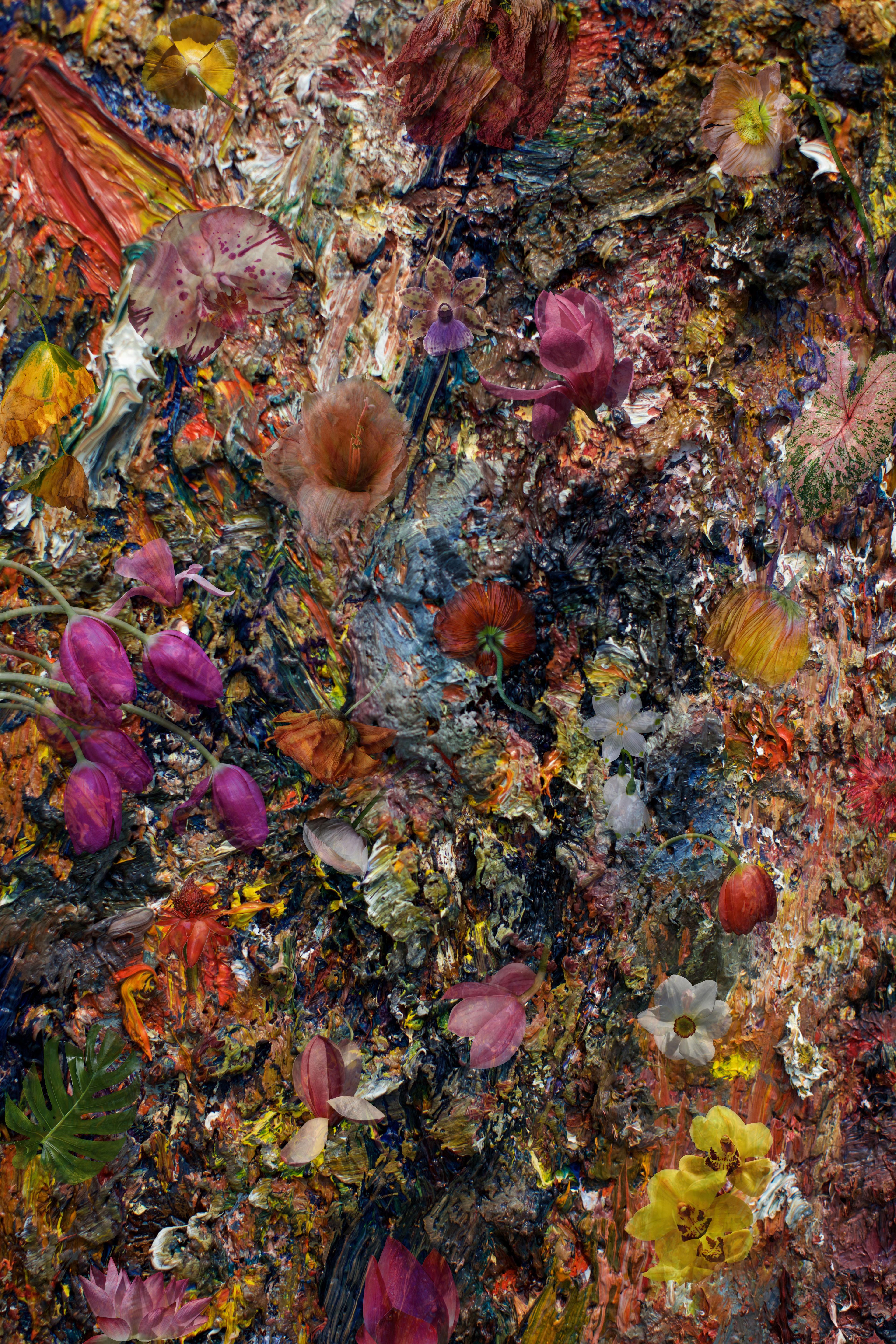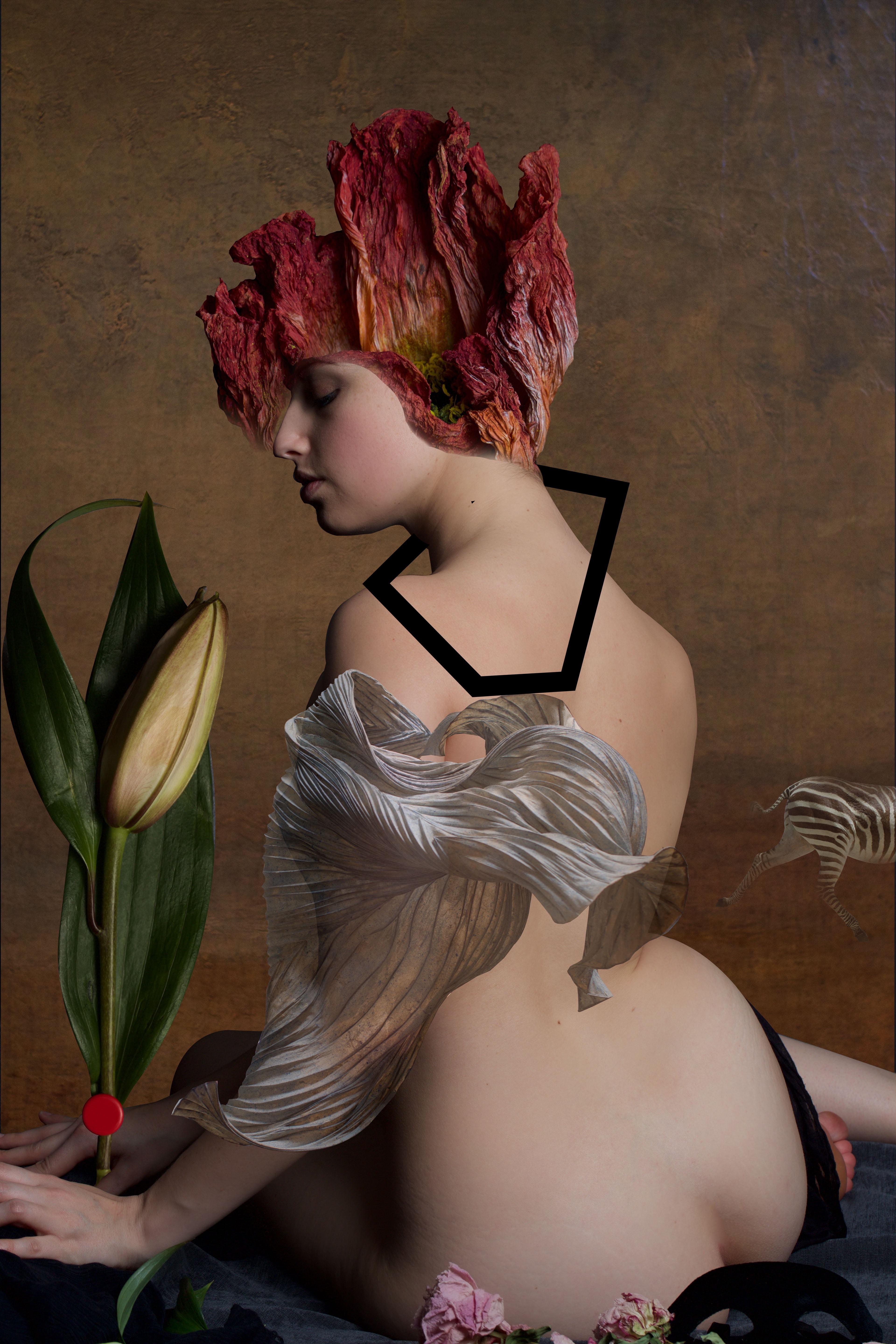Want more images or videos?
Request additional images or videos from the seller
1 of 5
Patrick ChelliSpring Break2019
2019
About the Item
Patrick Chelli invents collections of photographs from different points of view, looking at the viewer at the back. In his new series, spectators are captured in galleries as they watch images, creating fictional stories. Chelli imagines that these people are invading their own photos and transforming the realistic visions of events into unconventional situations where the audience sinks into his works
- Creator:Patrick Chelli (1955, French)
- Creation Year:2019
- Dimensions:Height: 39.38 in (100 cm)Width: 27.56 in (70 cm)Depth: 0.79 in (2 cm)
- More Editions & Sizes:Original works created in multiple with direct involvement of the artist. Generally, editions are 8 pieces totalPrice: $4,000
- Medium:
- Movement & Style:
- Period:
- Condition:
- Gallery Location:Pasadena, CA
- Reference Number:1stDibs: LU40634427241
About the Seller
4.9
Vetted Seller
These experienced sellers undergo a comprehensive evaluation by our team of in-house experts.
Established in 1986
1stDibs seller since 2016
193 sales on 1stDibs
Typical response time: 2 hours
- ShippingRetrieving quote...Ships From: Versailles, France
- Return PolicyA return for this item may be initiated within 2 days of delivery.
More From This SellerView All
- GenesisBy Patrick ChelliLocated in Pasadena, CAPatrick Chelli invents collections of photographs from different points of view, looking at the viewer at the back. In his new series, spectators are captured in galleries as they wa...Category
2010s Contemporary Color Photography
MaterialsInkjet
- EdenBy Patrick ChelliLocated in Pasadena, CAPatrick Chelli invents collections of photographs from different points of view, looking at the viewer at the back. In his new series, spectators are captured in galleries as they wa...Category
2010s Contemporary Color Photography
MaterialsInkjet
- Abstract FlowersBy Patrick ChelliLocated in Pasadena, CAPatrick Chelli invents collections of photographs from different points of view, looking at the viewer at the back. In his new series, spectators are captured in galleries as they wa...Category
2010s Contemporary Color Photography
MaterialsInkjet
- PhasmeBy Patrick ChelliLocated in Pasadena, CAPatrick Chelli invents collections of photographs from different points of view, looking at the viewer at the back. In his new series, spectators are captured in galleries as they wa...Category
2010s Contemporary Color Photography
MaterialsInkjet
- joyBy Patrick ChelliLocated in Pasadena, CAPatrick Chelli invents collections of photographs from different points of view, looking at the viewer at the back. In his new series, spectators are captured in galleries as they wa...Category
2010s Contemporary Color Photography
MaterialsInkjet
- JULIETTEBy Patrick ChelliLocated in Pasadena, CAPatrick Chelli invents collections of photographs from different points of view, looking at the viewer at the back. In his new series, spectators are captured in galleries as they wa...Category
2010s Contemporary Color Photography
MaterialsInkjet
You May Also Like
- QE 1 1566By Jack PernoLocated in Chicago, ILArchival Pigment Print Edition of 25 Frame size: 26.5 x 23 inches This photograph is a digital reproduction of an original 8 x 10" polaroid that was manipulated by hand. Add...Category
21st Century and Contemporary Contemporary Color Photography
MaterialsPolaroid, Inkjet, Archival Ink, Archival Paper
- Once Upon a Time: Piel de Asno.Located in Ciudad De México, MXFernando Bayona, Once Upon a Time: "Piel de Asno". Fine Art Inkjet Print Sizes: S: 25.6 x 20.8 in. / Ed. 3 M: 41.7 x 33 in. / Ed. 3 L: 53.1 x 41.7 in. / Ed. 2 + 1A.P "The narrat...Category
21st Century and Contemporary Contemporary Color Photography
MaterialsArchival Pigment, Inkjet
- HUICHOL: MOUNTAIN, DESERT, NEW YORK (`95-`21). Limited edition of 5.By PABLO ORTIZ-MONASTERIOLocated in Ciudad De México, MXDocumentary Photograph. Contemporary Inkjet on cotton. Limited edition of 5. Signed front and verso. Framed in lacquered black frame with spacer) The first person to photograph the Huichol in their remote communities in the inaccessible canyons of the Western Sierra Madre was probably the Norwegian anthropologist, Carl Lumholtz. He ventured into their territory in 1895, shortly before the arrival of the French naturalist and ethnographer Léon Diguet, who was also a photographer. Like so many who were engaged with documenting Indigenous peoples across the Americas in those brutal years of expansion and settlement, Lumholtz believed that the disappearance of his subjects was inevitable: “the weaker must succumb to the stronger, and the Indians will ultimately all become Mexicans.” The photographs of the Huichol by Pablo Ortiz Monasterio—taken on some twenty trips over the past three decades—prove that Lumholtz was fortunately, terribly wrong. They reveal abundant evidence of cultural survival (what the Huichol call “la costumbre”), made possible by their extraordinary resistance to the religious, nationalist, and economic forces that have long assaulted—and that continue to assault—Indigenous communities everywhere. Though Ortiz Monasterio is also an outsider, he does not operate—like Lumholtz or Diguet—as an old-fashioned preservationist, nor is he confident in the superiority of Western culture, nor is his work only destined for museum vitrines...Category
1990s Contemporary Color Photography
MaterialsArchival Pigment, Inkjet
- The Life of the Other: "The News"Located in Ciudad De México, MXFernando Bayona, The Life of the Others: "The News" Fine Art Inkjet Print Sizes: S: 25.6 x 20.8 in. / Ed. 3 M: 41.7 x 33 in. / Ed. 3 L: 53.1 x 41.7 in. / Ed. 2 + 1A.P In The Life of the Other Fernando Bayona mixes staged and documentary photography techniques to create a collective portrait of images in which the sleaze of violence, pain, madness, jealousy and sexual desire are intertwined with the vulnerability of love, tenderness, passion or beauty. The appearances that arise from this series focus on the ability to generate intrinsic, albeit partial, narratives that come from real stories and interviews with sex workers...Category
21st Century and Contemporary Contemporary Color Photography
MaterialsInkjet
- HUICHOL: MOUNTAIN, DESERT, NEW YORK (`95-`21). Limited edition of 5.By PABLO ORTIZ-MONASTERIOLocated in Ciudad De México, MXDocumentary Photograph. Contemporary Inkjet on cotton. Limited edition of 5. Signed front and verso. Framed in lacquered black frame with spacer) The first person to photograph the Huichol in their remote communities in the inaccessible canyons of the Western Sierra Madre was probably the Norwegian anthropologist, Carl Lumholtz. He ventured into their territory in 1895, shortly before the arrival of the French naturalist and ethnographer Léon Diguet, who was also a photographer. Like so many who were engaged with documenting Indigenous peoples across the Americas in those brutal years of expansion and settlement, Lumholtz believed that the disappearance of his subjects was inevitable: “the weaker must succumb to the stronger, and the Indians will ultimately all become Mexicans.” The photographs of the Huichol by Pablo Ortiz Monasterio—taken on some twenty trips over the past three decades—prove that Lumholtz was fortunately, terribly wrong. They reveal abundant evidence of cultural survival (what the Huichol call “la costumbre”), made possible by their extraordinary resistance to the religious, nationalist, and economic forces that have long assaulted—and that continue to assault—Indigenous communities everywhere. Though Ortiz Monasterio is also an outsider, he does not operate—like Lumholtz or Diguet—as an old-fashioned preservationist, nor is he confident in the superiority of Western culture, nor is his work only destined for museum vitrines...Category
1990s Contemporary Color Photography
MaterialsArchival Pigment, Inkjet
- HUICHOL: MOUNTAIN, DESERT, NEW YORK (`95-`21). Limited edition of 5.By PABLO ORTIZ-MONASTERIOLocated in Ciudad De México, MXDocumentary Photograph. Contemporary Inkjet on cotton. Limited edition of 5. Signed front and verso. Framed in lacquered black frame with spacer) The first person to photograph the Huichol in their remote communities in the inaccessible canyons of the Western Sierra Madre was probably the Norwegian anthropologist, Carl Lumholtz. He ventured into their territory in 1895, shortly before the arrival of the French naturalist and ethnographer Léon Diguet, who was also a photographer. Like so many who were engaged with documenting Indigenous peoples across the Americas in those brutal years of expansion and settlement, Lumholtz believed that the disappearance of his subjects was inevitable: “the weaker must succumb to the stronger, and the Indians will ultimately all become Mexicans.” The photographs of the Huichol by Pablo Ortiz Monasterio—taken on some twenty trips over the past three decades—prove that Lumholtz was fortunately, terribly wrong. They reveal abundant evidence of cultural survival (what the Huichol call “la costumbre”), made possible by their extraordinary resistance to the religious, nationalist, and economic forces that have long assaulted—and that continue to assault—Indigenous communities everywhere. Though Ortiz Monasterio is also an outsider, he does not operate—like Lumholtz or Diguet—as an old-fashioned preservationist, nor is he confident in the superiority of Western culture, nor is his work only destined for museum vitrines...Category
1990s Contemporary Color Photography
MaterialsArchival Pigment, Inkjet





